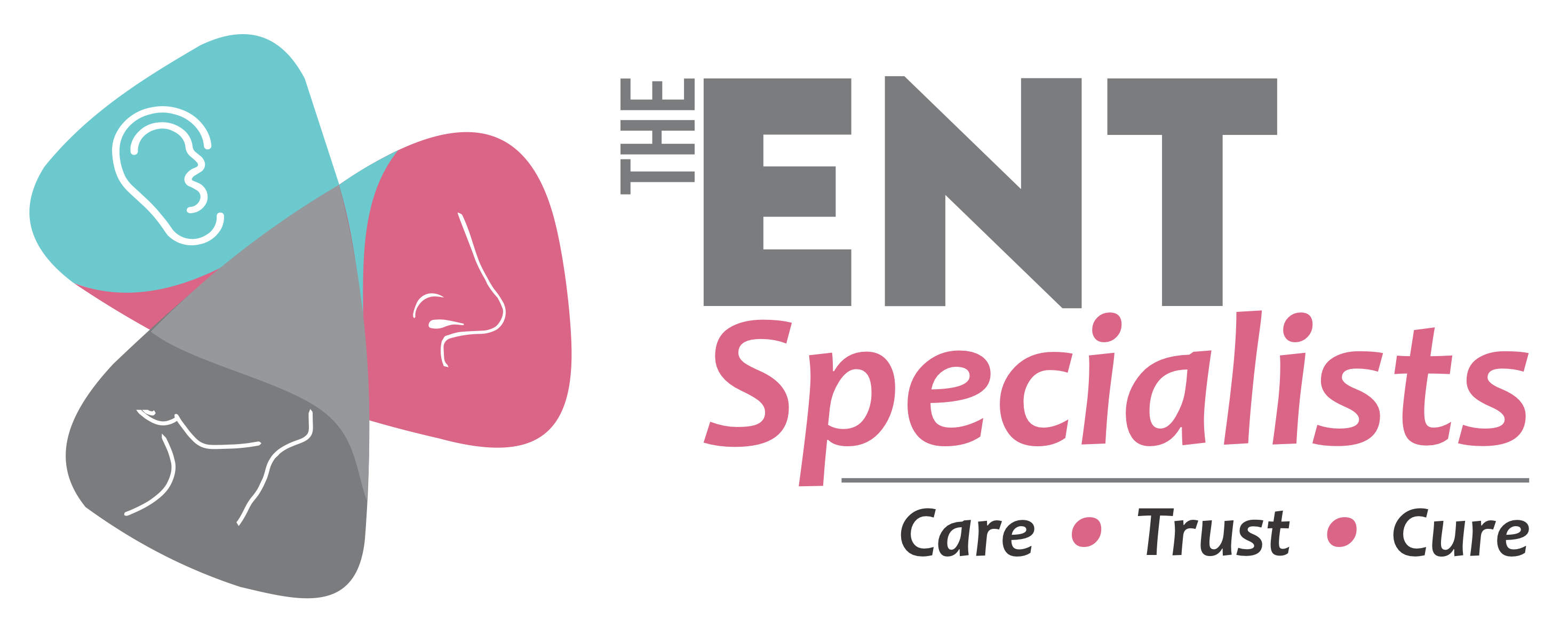- Home
- Audiology and Hearing Aids
Audiometry and Hearing Aids
Audiogram (PTA)
An audiometry exam tests your ability to hear sounds.
During a hearing test the Audiologist will seat you in a sound-proof booth with headphones over your ears or earbuds in your ears. You will hear beeps that vary in volume and pitch and your Audiologist will tell you to push a button each time you hear a beep, no matter how soft it seems to be.
The softest sounds heard at each pitch are your hearing thresholds and these are recorded by your Audiologist on a graph which is called an audiogram.
Audiogram provides your ENT doctor information regarding the degrees of hearing loss, unilateral vs bilateral hearing loss, neural vs non-neural (conductive) hearing loss, and a probable cause/etiology of hearing loss.
The softest sounds heard at each pitch are your hearing thresholds and these are recorded by your Audiologist on a graph which is called an audiogram.
Audiogram provides your ENT doctor information regarding the degrees of hearing loss, unilateral vs bilateral hearing loss, neural vs non-neural (conductive) hearing loss, and a probable cause/etiology of hearing loss.
Tympanogram (IMPEDANCE)
- Tympanometry is a quick test to assess the middle ear status. It gives information about the middle ear hearing bones, Eustachian tube functioning.
- Pattern specific graph is obtained which helps in diagnosis.
Oto Acoustic Emission(OAE)
- The OAE (Otoacoustic Emissions) test checks part of the inner ear’s response to sound.
- The test is mostly done on infants and children who may not be able to respond to behavioral hearing tests because of their age.
- Soft foam or rubber tips are placed in your child’s ear. Your child will hear soft sounds through the soft foam or rubber tips. A computer will record quiet echoes from the ear.
Brainstem Evoked Response Audiometry (BERA)
- The BERA test measures the reaction of the parts of a child’s nervous system that affect hearing. (The BERA test measures the hearing nerve’s response to sounds).
- BERA test is often ordered if a new-born fails the hearing screening test given in the hospital shortly after birth, or for older children if there is a suspicion of hearing loss that was not confirmed through more conventional hearing tests.
- The BERA test can provide information on whether nerves convey sound impulses to the brain and whether the speed of sound delivery is within normal limits. This hearing examination can determine the type of abnormality (conductive or sensorineural), severity (hearing threshold), and hearing loss (inner ear or other parts) of the child.
- The BERA exam is painless and safe.
- Once the child is asleep or lying motionless, comfortable, and with their eyes shut can the BERA test be conducted.
Hearing Aids
Hearing aids are digital amplification devices which improve communication for adults and allow spoken language development in children.
Digital Hearing Aids
Digital hearing aids are now preferred over the conventional one because of advantages they offer including:
- It offers different listening modes for different environments.
- It is adaptable to individual listening needs.
- Digital aids have feedback cancellation that masks the whistling sound produced by machine.
- It is available in varying sizes and is very light to wear.
- It monitors the external environment and provides optimal sound by reducing the environmental noise.
Trial, Fitting & Service
- Hearing aid trial is the trial of hearing aids chosen on the basis of person audiogram, listening needs and his/her comfort level.
- Hearing aid that best suits the person is then chosen.
- Post fitting services like reprogramming when required or servicing/repair of the hearing aid is provided as needed.
- We provide home visit service for audiometry, hearing aid trial and fitting.
